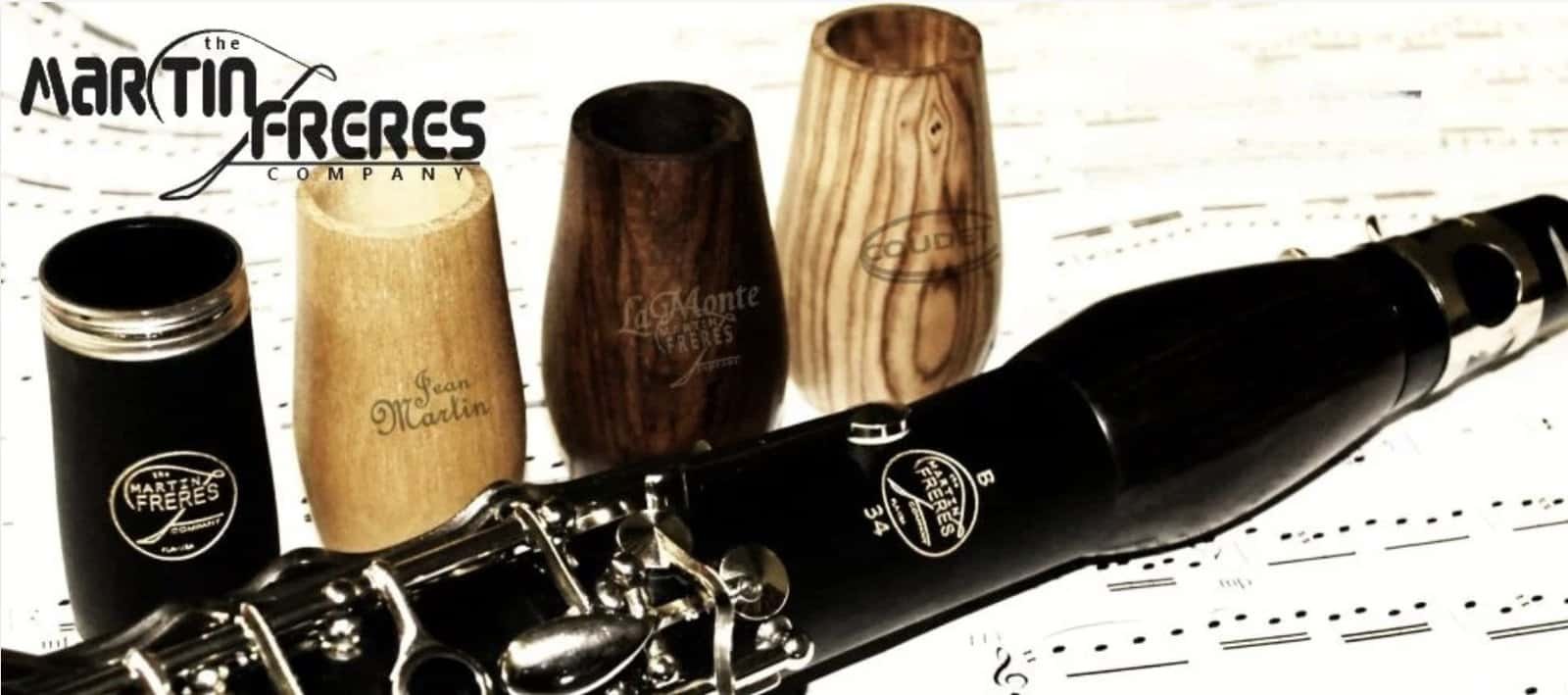Dalbergia melanoxylon (also called African Blackwood, Grenadilla, or Mpingo), is a material used to produce musical instruments, especially woodwinds such as the clarinet, because it is one of the hardest (most dense) woods available. Due to harvesting restrictions on the trees, grenadilla wood is slowly becoming more difficult to procure. So, if you own a clarinet made of this precious material, care for it well!
Prior to being turned on a lathe into a clarinet body, the wood is processed and aged for many months to ensure its stability over various temperatures. Many clarinet makers apply oil to the clarinet body during processing.
Experience tells us that oil should be swabbed into the bore about once per year for a grenedilla wood clarinet. If the clarinet is used or stored in an arid climate, or if it is regularly played outside in wet weather, oil can be applied more often to keep the bore clean.
So, what is the best way to apply clarinet bore oil?
1. Ensure that the clarinet bore is thoroughly dry by swabbing the bore.
2. Cover each pad with a bit of plastic wrap material to ensure that the pads do not come in contact with the oil.
3. Pour approximately a teaspoon of oil (bore oil is typically made of mineral oil but some use olive oil, almond oil, walnut oil or other light oil) on a swab to be used only for oiling the clarinet.
4. Rub the oil into the swab and then slowly swab the bore of the barrel, upper and lower joints of the clarinet from the top down, then the bottom up.
5. Inspect the bore to ensure that a very thin slick of oil has been applied evenly. If not, swab again.
6. Let the clarinet rest until the bore is dry.
7. Swab the clarinet using a dry swab.
Now for the most important step:
8. Store your grenadilla wood clarinet in a climate controlled environment.
Because the grenadilla is naturally saturated in oil as it grows, the oils inherent to this tree species remain in the climate controlled wood even generations after it is carved into a clarinet. In climate extremes, too dry, too hot, too wet, too cold, grenadilla oils break down and leave the wood porous and brittle.
After each session of playing, be sure to disassemble and dry the bore, the pads and the tenon cork before returning the instrument to its case. Anyone who has ever found a vintage grenadilla wood clarinet in less than ideal storage conditions can attest to the unsightly corrosion, mold growth and truly foul odor that consumes the unmaintained instrument. How do you remove that foul odor? Ah, that's a story for another day!
– Martin Freres








